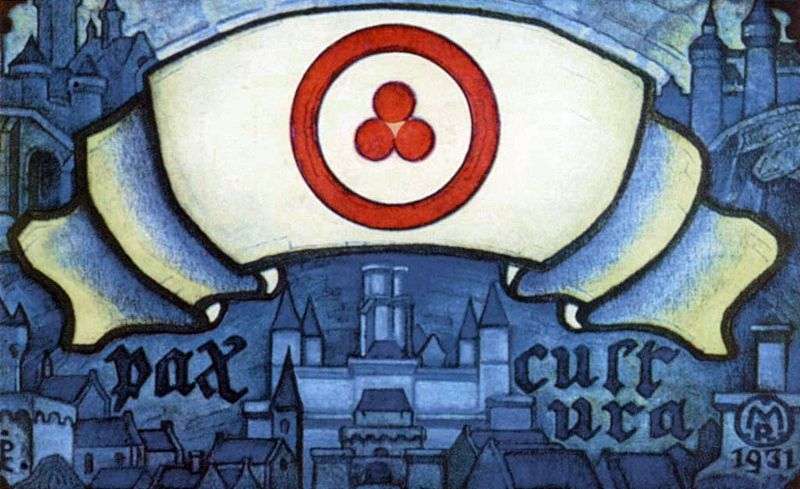
Pact of Culture [1931] As an artist, archeologist and history researcher, Nicholas Roerich most deeply experienced the tragedy of the destruction of cultural values, because just as it is impossible to resurrect a deceased person, it is impossible to recreate the creations of human genius. He spoke of the world, creating the world-famous Roerich Pact and the Banner of the World, because his very being radiated the world. He foresaw grave disasters before they hit mankind – two world wars, and he warned, with great sorrow in his heart, about the third world catastrophe. He sent messages of peace to all parts of the globe in order to clear space to help the growth of human consciousness.
Nikolai Roerich expressed his idea of the great need to protect cultural monuments in the name of the good of all mankind as far back as 1904, returning from a trip to Russian cities. Roerich managed to implement his plan only in 1930, when the League of Nations Museum Committee unanimously decided to support the Pact and the Banner of Peace. The main objective of his plan is to protect the values of culture, art and science of the whole world from destruction and barbarism, which manifest themselves not only during the war, but also in peacetime.
According to the Roerich Pact, all museums, cathedrals, libraries, universities, monuments, public and private art and scientific collections, nature monuments, beautiful places should be considered neutral objects, and as such they should be protected and respected by the states that joined the treaty. In order to designate cultural monuments as neutral objects, according to the sketch of Roerich, the banner of Peace was created, which was supposed to be hoisted above protected cultural institutions.
Nicholas Roerich accompanied his project with the words: “It is imperative to take immediate measures to protect the noble heritage of the past for the glorious future from danger. This will happen when all countries solemnly swear to protect the treasures of Culture, which in essence belong not to one people but the world. This way we can create another approach to the heyday of Culture and Peace. “
In the years 1931-1932. Two representative international conferences of the International Peace Pact in Bruges took place, the purpose of which was the universal ratification of the proposed Pact. Prominent public figures, scholars, writers, and artists sided with ideas for promoting this project. Romain Rolland and Bernard Shaw, Rabindranath Tagore and Thomas Mann, Albert Einstein and HG Wells supported the Covenant.
Committees were established in America and Europe that actively supported the ideas of protecting the culture of all countries. Finally, on April 15, 1935, a solemn program of ratification of the United States and all twenty-one Latin American republics of the Pact and the Banner of Peace was held in the White House, in Washington. President Roosevelt delivered a wonderful speech on international radio about the meaning of the Peace Pact. US Secretary of State Henry Wallace appreciated the signing of the Treaty on the Protection of Artistic Values: “I consider the Roerich Pact to be an inevitable step in international relations. There has not yet been an era when such an ideal would be more necessary than now.
At a time when individual nations solve their particular economic and national problems, it is necessary that they also recognize the responsibility that is placed on them as members of the family of nations… Recognition of the Covenant indicates an approach of time when those who truly love their people, they will be able to appreciate the achievements of other nations… I feel that our era is greatly indebted to Nicholas Roerich for this idea born by him. “
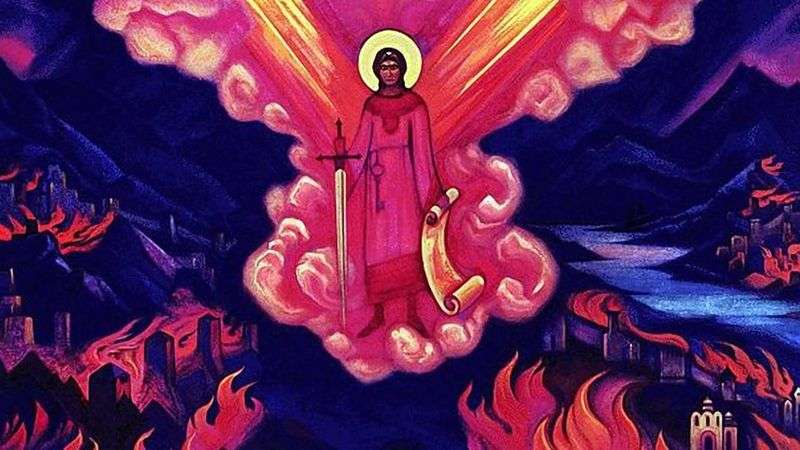 Angel last by Nicholas Roerich
Angel last by Nicholas Roerich Pacte culturel – Nicholas Roerich
Pacte culturel – Nicholas Roerich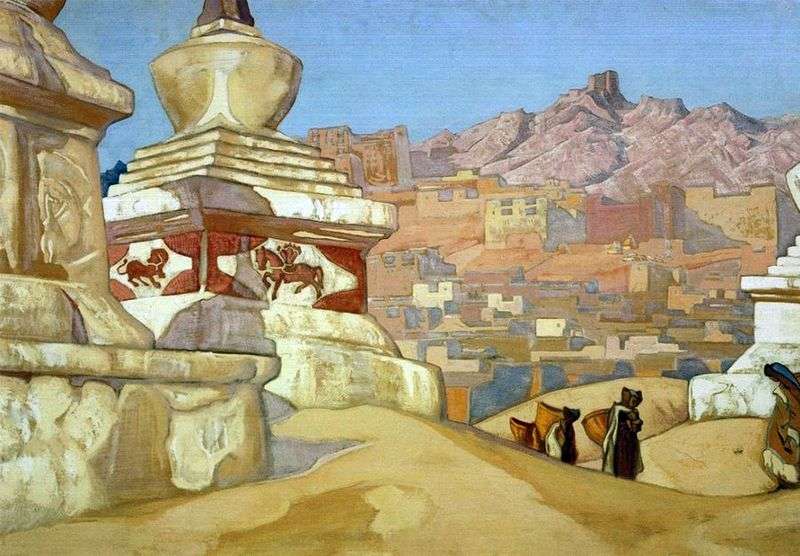 Red Horseman by Nicholas Roerich
Red Horseman by Nicholas Roerich Saint Sergius of Radonezh by Nicholas Roerich
Saint Sergius of Radonezh by Nicholas Roerich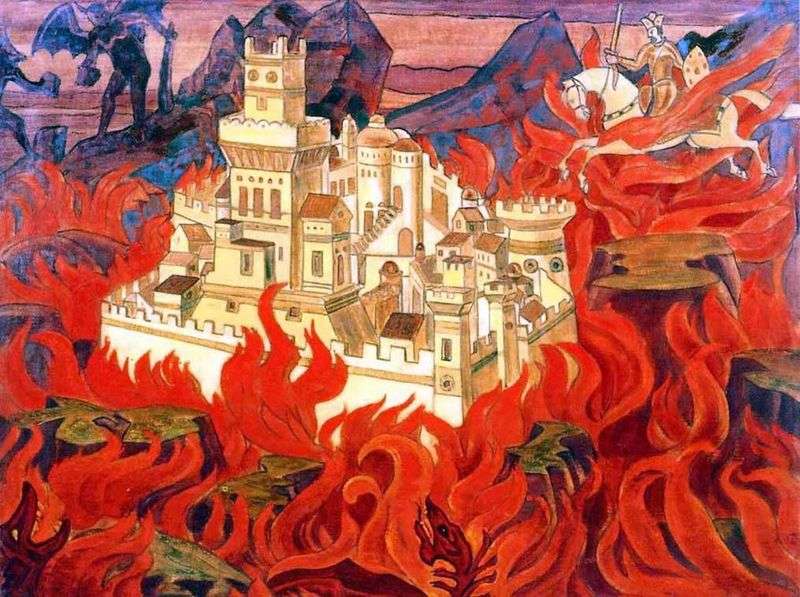 Purest Hail by Angers to Enemies – Nicholas Roerich
Purest Hail by Angers to Enemies – Nicholas Roerich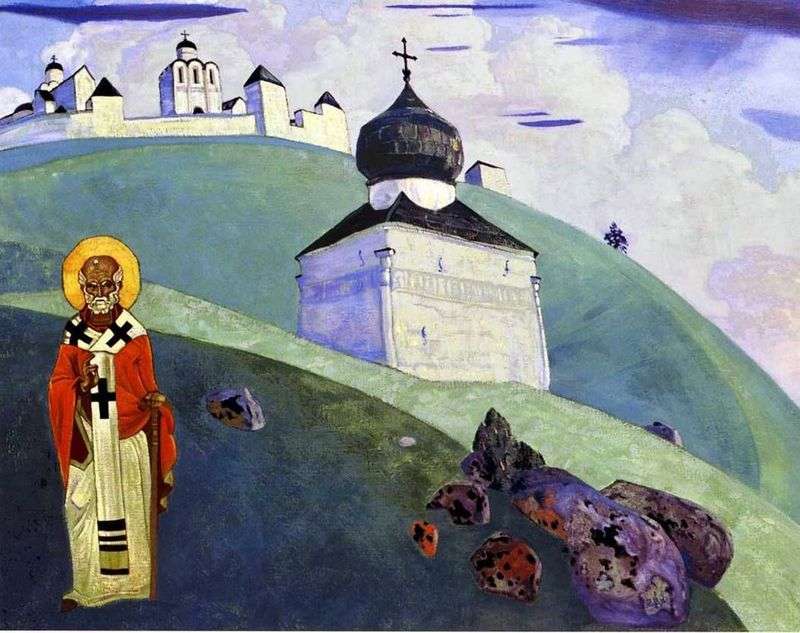 Saint Nicholas by Nicholas Roerich
Saint Nicholas by Nicholas Roerich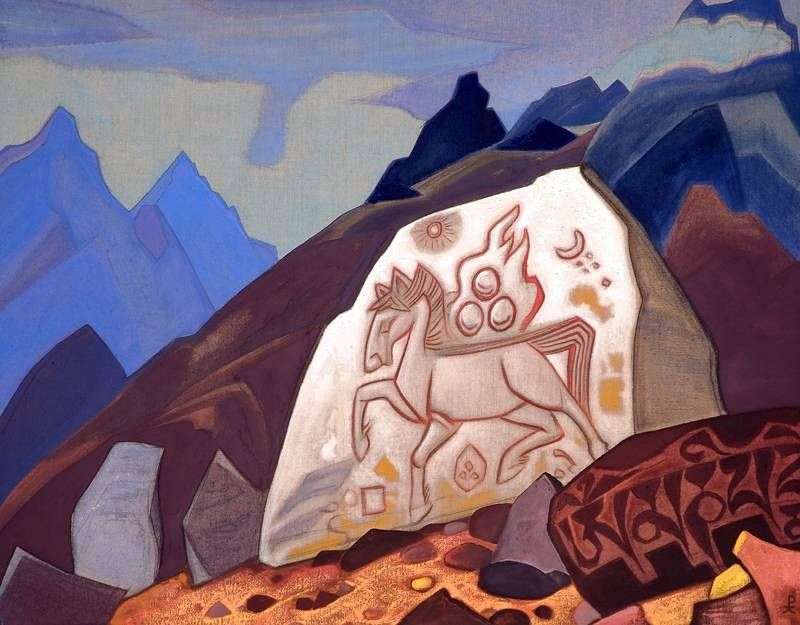 White Stone by Nicholas Roerich
White Stone by Nicholas Roerich Heavenly battle by Nicholas Roerich
Heavenly battle by Nicholas Roerich